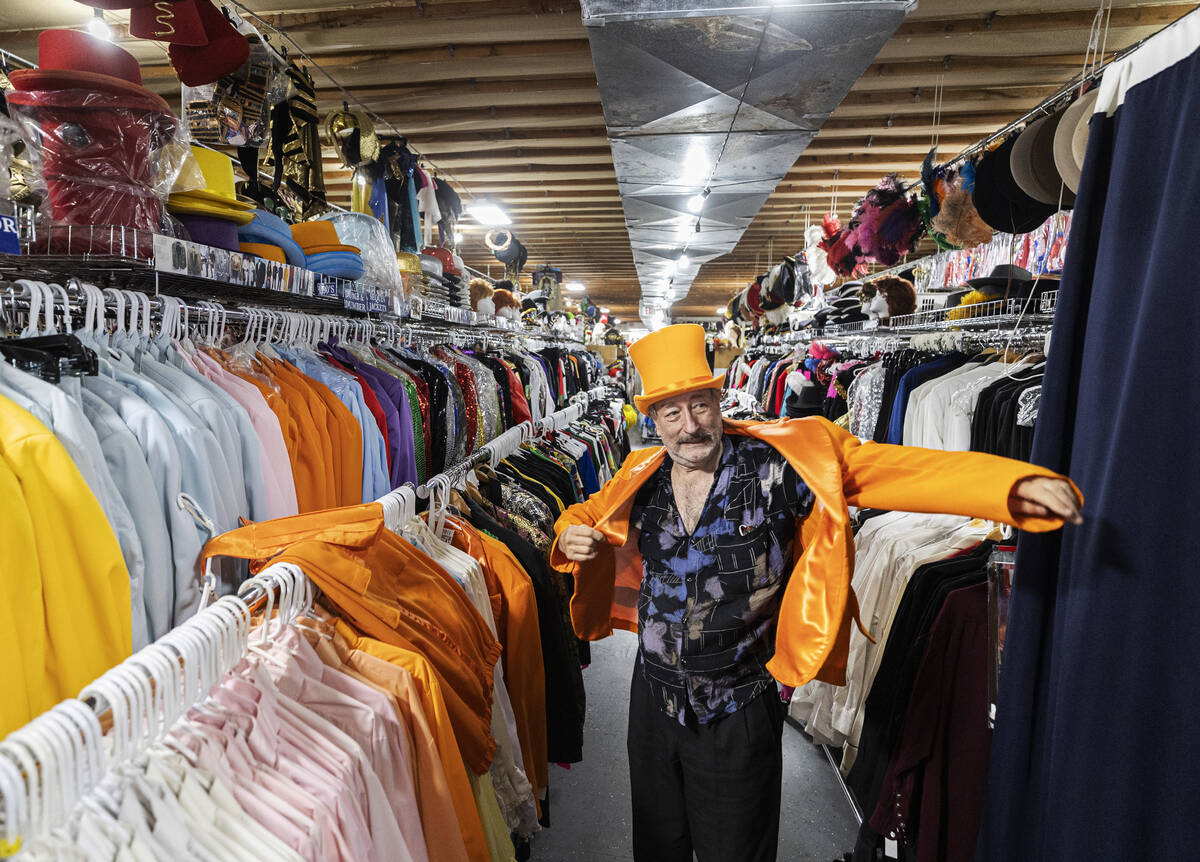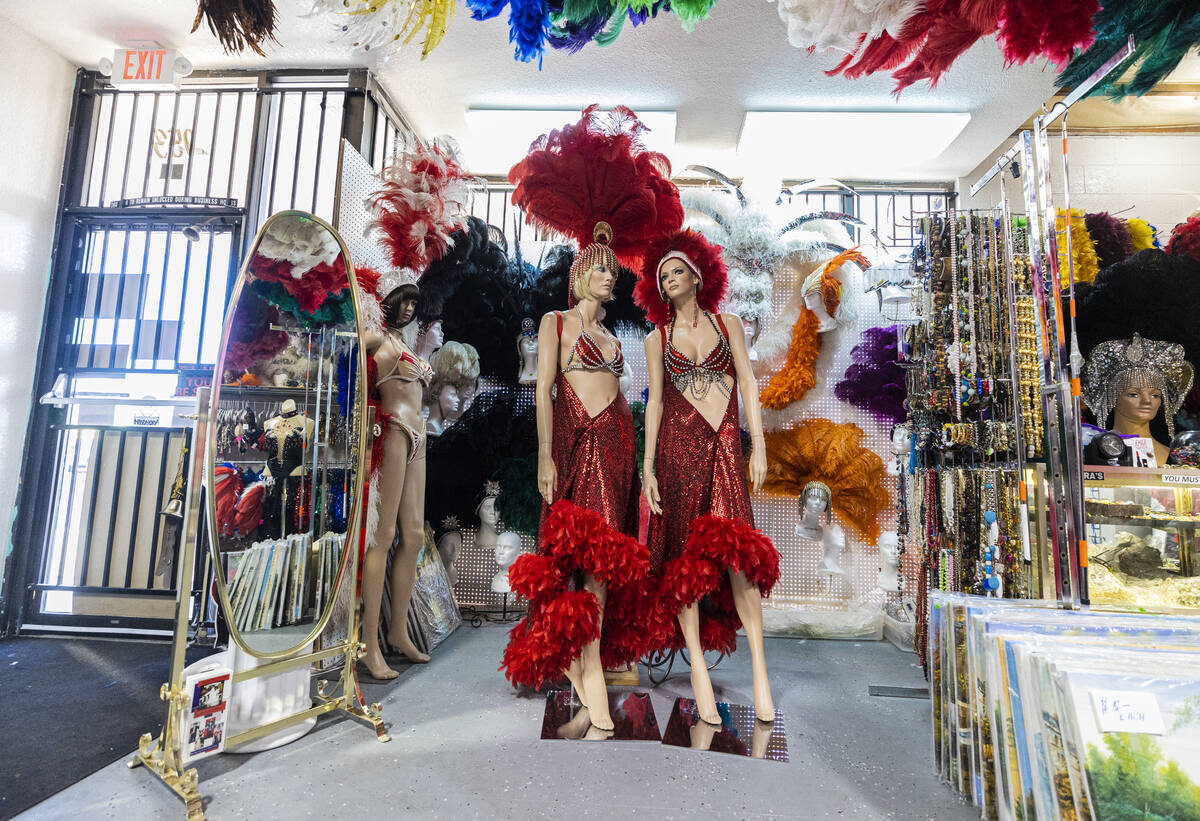Halloween a treat for retailers this year
State retailers expect Nevadans to spend an all-time-high $163.4 million on Halloween this year, rebounding from a sleepier 2020 and part of a record spooky season across the country.
Nevadans this year will spend about $53.4 million on costumes, $51 million on home decorations, $48.3 million on candy and $10.6 million on Halloween greeting cards, according to the Retail Association of Nevada. Last year, the association projected people in the state would spend about $128 million on Halloween items.
Across the U.S., Americans are expected to spend a record $10.14 billion this Halloween, according to the National Retail Federation.
If realized, the national and state projections would be record highs in per-person and overall spending, the Nevada association said Tuesday.
COVID-19 remains top of mind, even as mass vaccine proliferation helps Halloween celebrations creep closer to the pre-pandemic norm, the state association’s Senior Vice President Bryan Wachter said Tuesday.
Prosper Insights and Analytics, which published a research report on behalf of the national retail group, found that 65 percent of people are expected to take part in Halloween festivities this year, slightly below pre-COVID levels but 7 percentage points higher than 2020.
A survey of more than 8,000 people conducted the first week of September found 46 percent of respondents planned to dress up this year.
At American Costumes, store owner Martin Howard said business at his store is 25 to 50 percent of what it was in a typical Halloween before the pandemic, though it’s improved over last fall. Customers are exploring contingency costumes in case they decide at the last minute they’re comfortable attending a Halloween party.
“They’re ready to party,” he said Tuesday.
Howard, 74, and his family have operated the shop at 953 E. Sahara Ave. since 1978. He said he’s noticed several customers browse the store for costumes they can wear to go viral in internet videos: “The more wild it is, the more spectacular it is, the better,” Howard said.
American Costumes specializes in elaborate, handmade costumes the average customer couldn’t find online, he said. One of the more attention-grabbing pieces he has in stock is a former Las Vegas showgirl’s silver and white headpiece “that is just humongous.”
“There’s no way you can get through a door with it on,” Howard said with a chuckle. “It belongs in the show, it belongs backstage. You need a ceiling of 15 feet.”
Unique pieces help him differentiate his store from online retailers, he said.
The national retail survey found 40 percent of respondents will shop at discount stores, 35 percent will shop at Halloween and costume stores and 29 percent will shop online.
The survey found the most popular costumes this year are Halloween classics: witches, vampires, ghosts and cats for adults; Spider-Man, princesses, Batman and other superheroes for children.
Americans are expected to spend more on Halloween decorations ($3.17 billion) and candy ($3 billion) this year than any year since at least 2017. The projected $3.32 billion on costumes this year would be the highest total since $3.35 billion projected in 2017.
“This year in particular, we see an emphasis on Halloween spending from families,” said Phil Rist, an executive at Prosper Insights, the company that prepared research for the national retail group. “Not only are those with children intending to spend more on Halloween-related items like costumes, they are also getting a kickstart on their shopping.”
The national survey found 45 percent of people planned to shop in September or earlier and 39 percent planned to shop during the first two weeks of October.
Contact Mike Shoro at mshoro@reviewjournal.com. Follow @mike_shoro on Twitter.






















